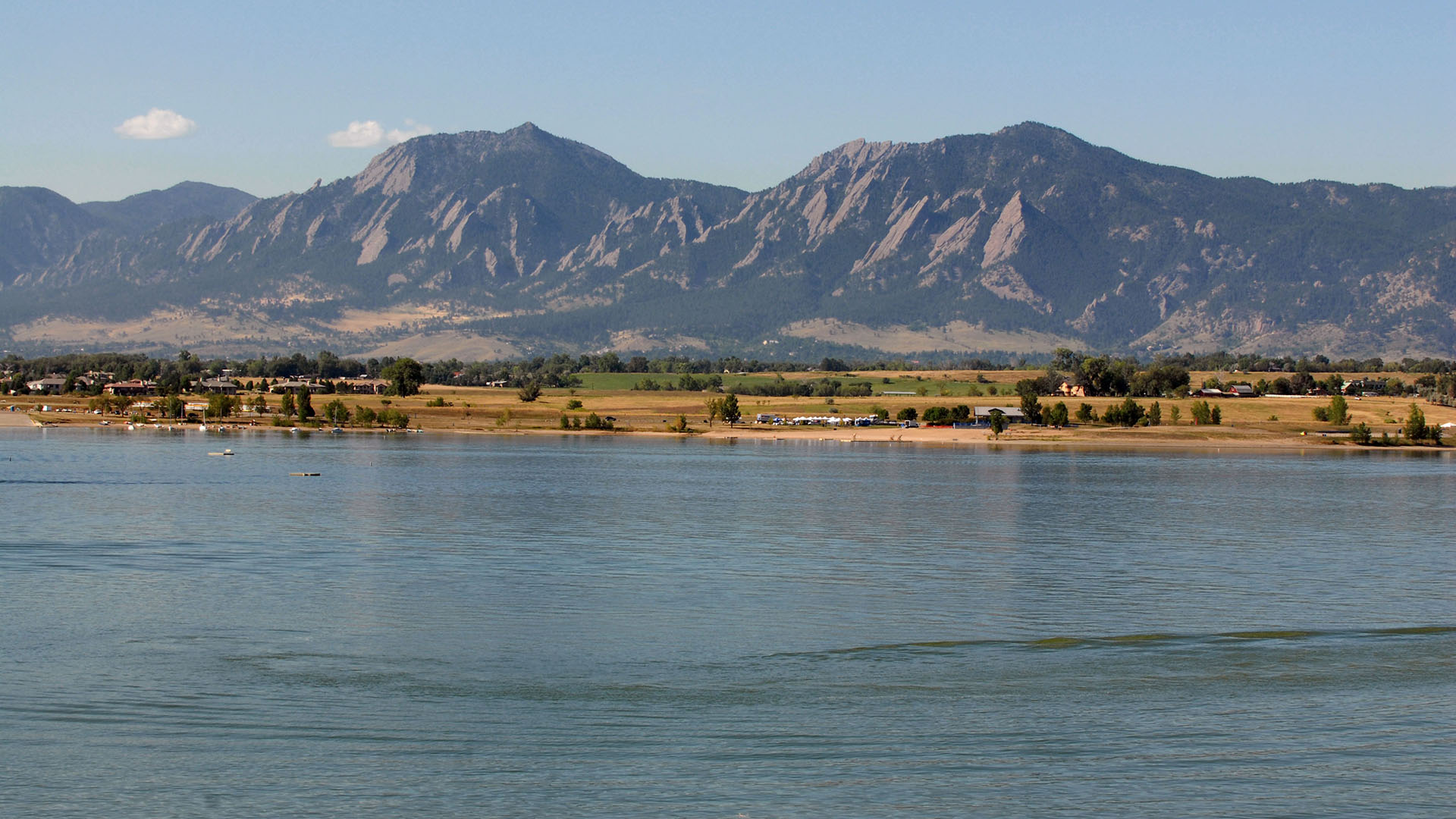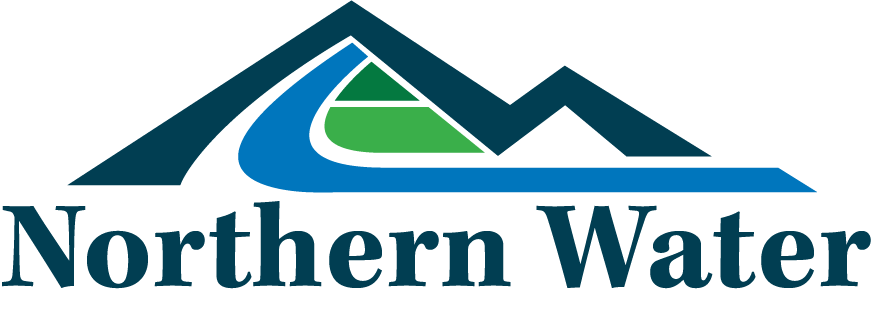Boulder Reservoir
Boulder Reservoir
Boulder Reservoir, located on the city’s northeast side, supplies Colorado-Big Thompson Project water to Boulder and irrigated farms and ranches in Weld and Boulder counties. The decision to build Boulder Reservoir wasn’t made until 16 years after the formation of Northern Water in 1937. Boulder leaders initially excluded the city from Northern Water boundaries. But post-World War II growth convinced city officials of the need for additional water.
In January 1953, after a feasibility study and extensive discussions, the Northern Water Board of Directors expanded Northern Water’s boundaries to include Boulder.
Northern Water operates and maintains Boulder Reservoir and retains the right to one-third of its operating capacity. The reservoir receives water from Carter Lake through the St. Vrain Supply and Boulder Feeder canals. In 2020, Northern Water completed the construction of a second Southern Water Supply Project pipeline to deliver water from Carter Lake to Boulder and other pipeline participants year-round.
Boulder Reservoir has a capacity of 13,270 acre-feet, 700 surface acres, 4 miles of shoreline and its maximum depth is 28 feet.

